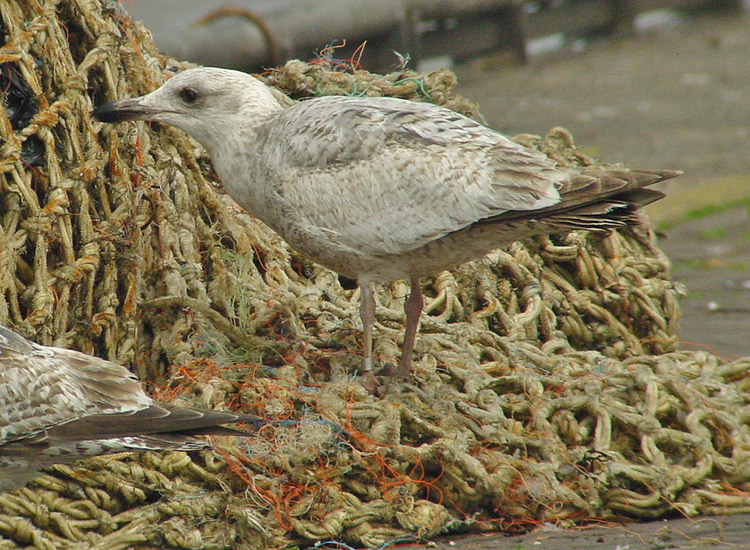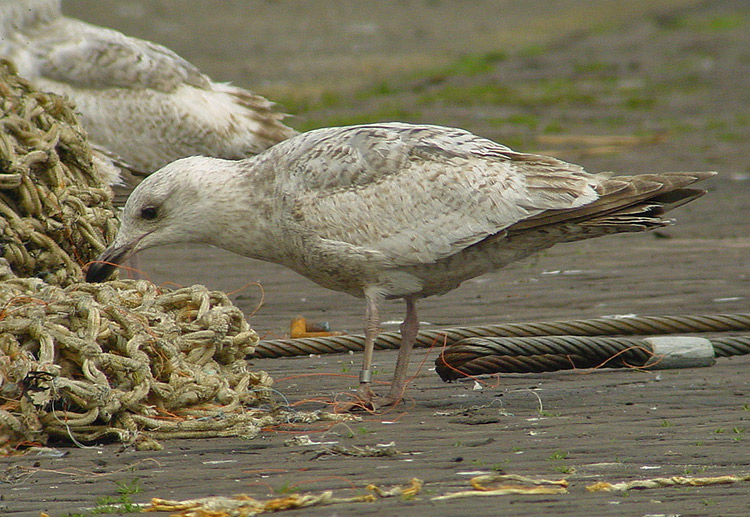 Herring Gull- Zilvermeeuw (argentatus & argenteus)
Herring Gull- Zilvermeeuw (argentatus & argenteus)
(last update:
Herring Gull plumages:
hg 1cy July
hg 1cy August
hg 1cy September
hg 1cy October
hg 1cy November
hg 1cy December
hg 2cy January
hg 2cy February
hg 2cy March
hg 2cy April
hg 2cy May
hg 2cy June
hg 2cy July
hg 2cy August
hg 2cy September
hg 2cy October
hg 2cy November
hg 2cy December
hg 3cy January
hg 3cy February
hg 3cy March
hg 3cy April
hg 3cy May
hg 3cy June
hg 3cy July
hg 3cy August
hg 3cy September
hg 3cy October
hg 3cy November
hg 3cy December
hg sub-ad January
hg sub-ad February
hg sub-ad March
hg sub-ad April
hg sub-ad May
hg sub-ad June
hg sub-ad July
hg sub-ad August
hg sub-ad September
hg sub-ad October
hg sub-ad November
hg sub-ad December
hg ad January
hg ad February
hg ad March
hg ad April
hg ad May
hg ad June
hg ad July
hg ad August
hg ad September
hg ad October
hg ad November
hg ad December
|
(3 images) Herring Gull 5.366.9812cy (argenteus), April 25 2003, Scheveningen, the Netherlands. A bird with a Dutch ring: Vogeltrekstation Arnhem 5.366.981. It was ringed as 1cy on September 03 2002 at IJmuiden (52.28N 04.35E), after it was held in captivity for more than 24 hours. This 2cy Herring Gull shows the common moult stage in 2cy argenteus by April: the juvenile wing-coverts and tertials are abraded, the primaries are bleached brown and the bill-base starts to turn paler. All scapulars have been replaced for second generation feathers, with the last moulted scapulars still showing buffish-grey tones on the centres. As the next image shows, P1 has been shed, so the complete moult has started in this individual. By the last week of April, many 2cy Herring Gull in the Netherlands can be seen with shed P1, some P2 and even P3 dropped, though rarely.
Argenteus has a partial moult in 1cy autumn ("first pre-basic moult" or "post-juvenile moult"). There is a second partial moult of head and body-feathers in spring, the so-called "first pre-alternate moult". This partial moult starts in January and ends by May, bringing birds in so-called "first summer" plumage. The head and under-parts will turn white by June. Research in the 1990's (e.g. H. Vercruijsse) revealed that at least 50% of the Dutch argenteus from SW Netherlands are true migrants, while the other 50% stay within 100 km's of the colony (limited dispersal within the delta of large rivers in the SW of the Netherlands). Migrants follow the coastline south and the majority winter at the coast of Belgium and NW France. Once the wintering grounds are established in the first year, birds are very bound to this particular area, even wintering in the same harbour, using the same resting places and feeding grounds. This habit is found in other species as well (Glaucous Gull, Pontic Gull, etc). In this bird, the innermost primary P1 has been dropped. All tertails, wing-coverts and tail-feathers are still juvenile. In some birds it's very difficult to ascertain whether the inner coverts are still juvenile or whether they are already moulted to second generation, barred feathers, which appear very similar to the juvenile feathers. In the February Section, have a look at Arnhem 5.366.999.
|


